Want to add a hotel stay or change your flights?
Just call our team of cruise specialists to help build your dream cruise holiday today!
Prices based on 2 people sharing. Cruise only price does not include flights. Fly-cruise price may vary by chosen UK airport.
(Prices correct as of today’s date, are updated daily, are subject to change and represent genuine availability at time of update).
Cruise only holidays are financially protected by ABTA. Fly cruise holidays are financially protected by Silversea under ATOL number 4681
Please click here to check the essential travel requirements before booking this cruise.
Itinerary
Copenhagen
By the 11th century, Copenhagen was already an important trading and fishing centre and today you will find an attractive city which, although the largest in Scandinavia, has managed to retain its low-level skyline. Discover some of the famous attractions including Gefion Fountain and... Read More
Copenhagen
At Sea
Lysefjord
Rosendal
Bekkjarvik
Lerwick, Shetland Islands
Isle of Noss
Kirkwall, Orkney Islands
Shiant Isles
Loch Ewe
Isle of Lunga
Dublin
What's Included with
Silversea
Entertainment
Return flights included (UK airports)
WiFi
Gratuities included
24-hour room service
Shuttle service to and from ports and airport where available
Almost 1:1 staff to guest ratio
In-suite bar replenished with your preferences
Complimentary laundry where applicable
Selected wines and spirits on-board
Luxurious, all-suite accommodation
Expedition activities and on-board expert lectures on expedition sailings
Door-to-door transfers from your home (selected sailings only)
Butler service for every suite
Explore Silver Wind
The Grill
Soft breezes and ocean views beckon at the Grill, especially as the sun goes down when cruise guests gather for cocktails at the outdoor bar and talk about the day’s events.
One of the healthiest cuisines to exist, The Grill features lava stone cooking at its finest. Sourced from volcanic rock and placed in an oven to reach an optimum temperature of 400˚C, The Grill invites guests to cook their food directly at their table. Place your meat, fish or vegetables on top of the grill stone or inside the soup bowl, and then simply cook to your very own taste. Every bite is cooked to perfection, time after time. With the stone cooking available in the evenings only, The Grill becomes a daytime rotisserie and gourmet salad and burger bar, offering build your own burgers from the best selections of meat.
Dress code: Casual
Casual wear consists of pants, blouses or casual dresses for women; open-neck shirts and slacks for men are appropriate.
Images and suite plans are intended as a general reference. Features, materials, finishes and layout maybe different than shown.

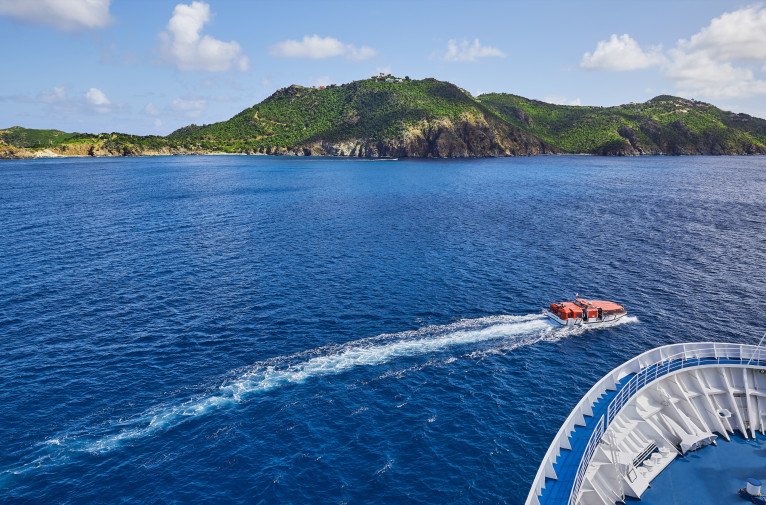
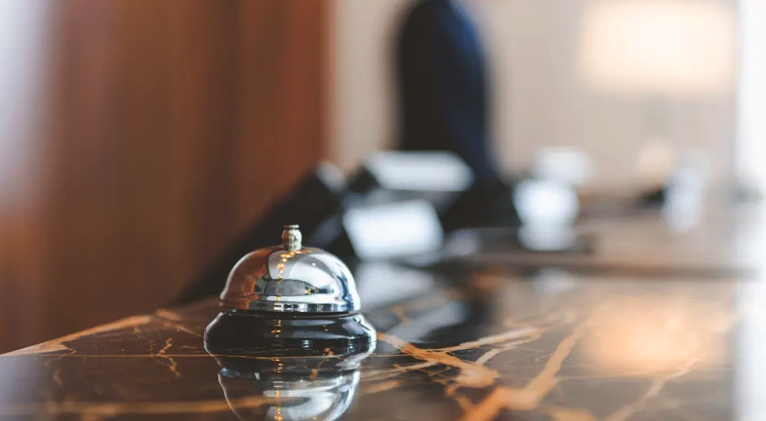
Shore Excursions
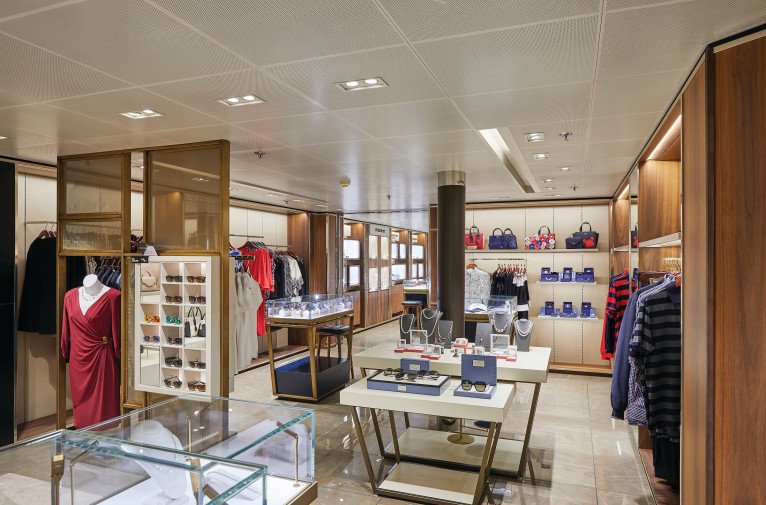

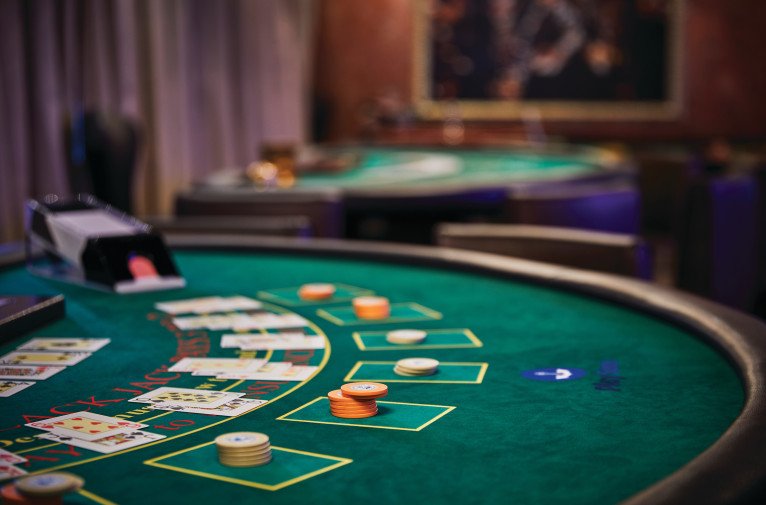
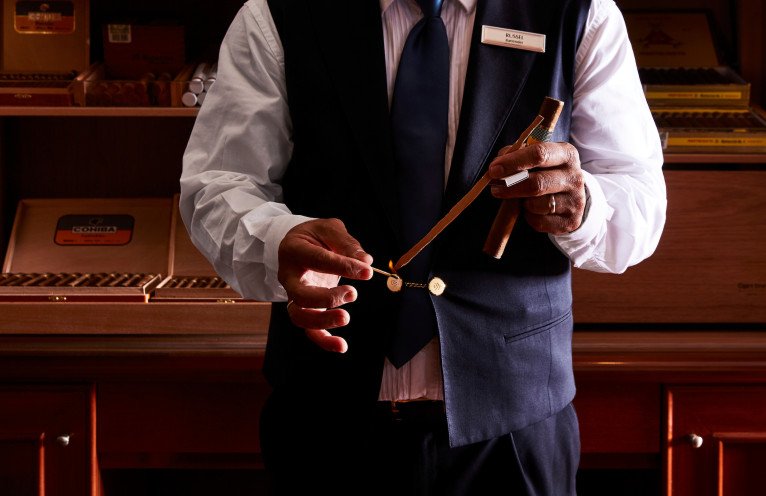

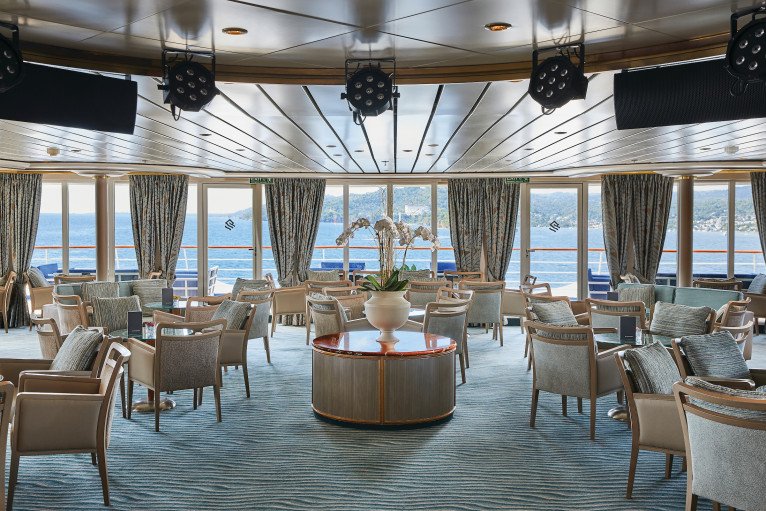

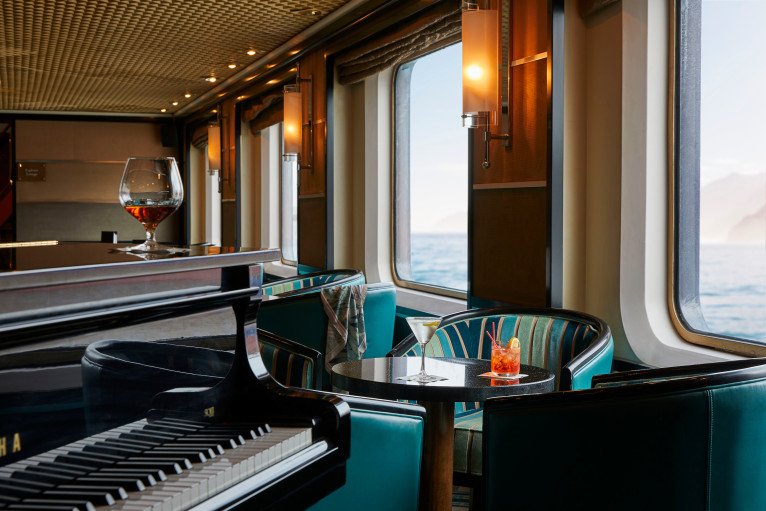


Boutique
There is a wealth of luxury shopping experiences aboard all Silversea ships, featuring the most distinctive and appealing brands from across the globe.
Exceptional shopping experiences do not end in the cosmopolitan cities we visit. Silversea’s striking new shipboard boutiques, reimagined and redesigned are stunning modern design spaces befitting the finest creations from legendary designers. Carefully selected partners onboard Silversea’s duty-free boutiques offers our guests a carefully curated selection of cutting edge fashions, jewelry, accessories, fine perfumes, cosmetics and Silversea Logo collection all at duty-free prices.
Images and suite plans are intended as a general reference. Features, materials, finishes and layout maybe different than shown.
Fitness Centre
The Fitness Centre offers world-class equipment, classes, and personalised services.
The Fitness Centre on board the luxury cruise ship, the Silver Wind is equipped with free weights, weight machines, state-of-the-art treadmills, elliptical trainers and recumbent and upright bicycles. Classes in aerobics, yoga, Pilates and circuit training are led by the onboard fitness trainer and are always complimentary. Personal training, body composition analysis and specialty classes are available at the Fitness Centre at an additional charge.
Images are intended as a general reference. Features, materials, finishes and layout may be different than shown.
Deck 9

- Fitness Centre
- Beauty Spa
- Elevator
- Observation Library
- Jogging Track
Deck 8

- Pool Deck
- Pool Bar
- The Grill
- Elevator
- Panorama Lounge
- Connoisseur's Corner
- Whirlpools
- Medallion Suites
Deck 7

- La Terrazza
- Elevator
- Grand Suites
- Classic Veranda Suites
- Silver Suites
- Deluxe Veranda Suite
- Owners Suites
- Vista Suite
- Medallion Suite
Deck 6

- The Show Lounge
- Conference Room
- Reception
- Elevator
- Expedition Office
- Future Cruise Manager
- Lobby
- Shore Concierge
- Silver Suite
- Classic Veranda Suites
- Deluxe Veranda Suites
- Royal Suites
Deck 5

- Photo Studio
- Lobby
- Dolce Vita
- Elevator
- Boutique
- Silver Suite
- Classic Veranda Suites
- Deluxe Veranda Suites
Deck 4

- The Restaurant
- La Dame
- Elevator
- Launderette
- Vista Suites (x2 Accessible Suites)
Deck 3

- Changing Room
- Elevator
- Embarkation Deck
- Medical Centre
Silver Wind Cabins & Suites
Owner's Suite
Meet Our Luxury Cruise Concierge
Our luxury cruise concierge have been on board a vast array of the finest ships at sea and are always happy to share their first-hand experiences to help curate your dream ultra-luxury voyage. From advising you on the best cruise lines and ships to helping you select from a variety of phenomenal destinations and itineraries, your dedicated concierge is on hand to ensure booking your next cruise is as seamless, smooth and tailored to you as possible.










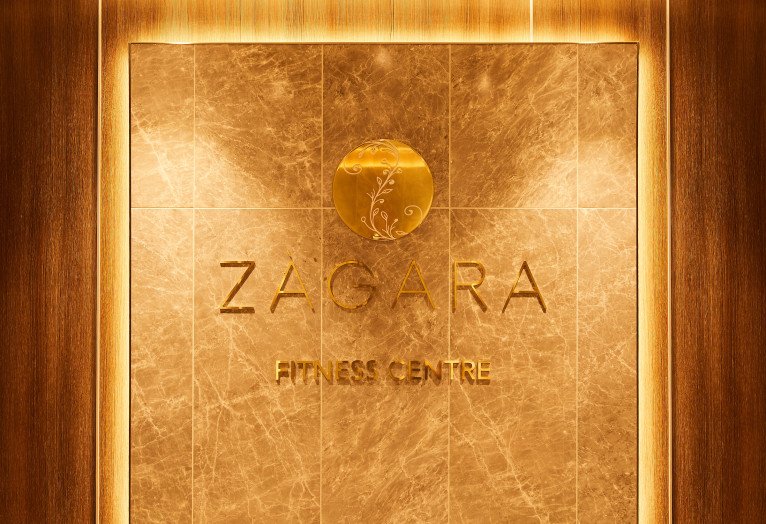
























-large_thumb.jpg)





-large_thumb.jpg)